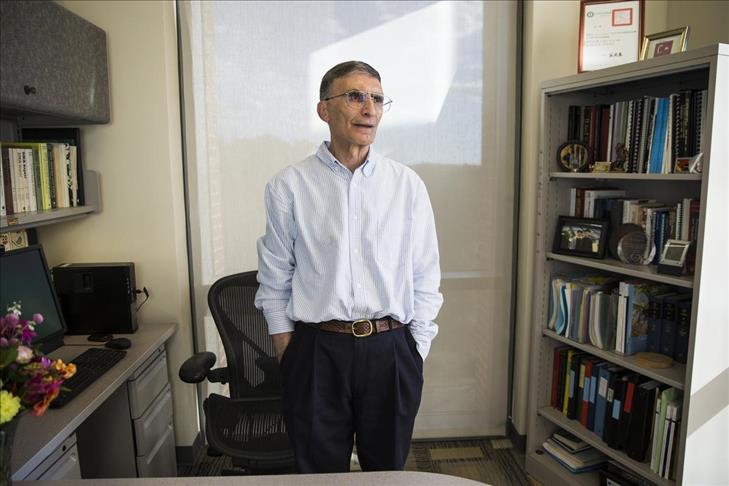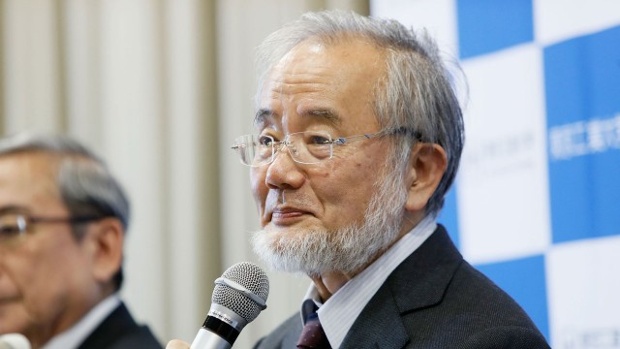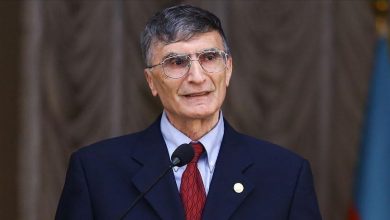 The 2015 Nobel Prize in Chemistry is awarded to Tomas Lindahl, Paul Modrich and Aziz Sancar.
The 2015 Nobel Prize in Chemistry is awarded to Tomas Lindahl, Paul Modrich and Aziz Sancar.
A Turkish scientist was among three scientists awarded the Nobel Prize in chemistry on Wednesday for their work on DNA repair. Dr. Aziz Sancar, of the University of North Carolina in the U.S., was honored alongside Tomas Lindahl and Paul Modrich, according to the Nobel committee’s website.
Sancar, who is from the southeastern town of Savar, Mardin province, was awarded for his work in mapping the cells that repair ultraviolet damage to DNA.
“Their work has provided fundamental knowledge of how a living cell functions and is, for instance, used for the development of new cancer treatments,” the committee said in a statement.
“I did not expect [this], I am very amazed and still amazed,” Sancar, 69, said in an interview with the Nobel media center. Thanking his family, Turkey and the U.S., Sancar added: “This award is especially very important for Turkey.”
The trio will share the 8 million Swedish kronor ($960,000) prize and receive diplomas and gold medals in a ceremony on Dec. 10. The prize for chemistry has been awarded 106 times since 1901.
For mechanistic studies of DNA repair
They are awarded for having mapped, at a molecular level, how cells repair damaged DNA and safeguard the genetic information. Their work has provided fundamental knowledge of how a living cell functions and is, for instance, used for the development of new cancer treatments.
Each day our DNA is damaged by UV radiation, free radicals and other carcinogenic substances, but even without such external attacks, a DNA molecule is inherently unstable. Thousands of spontaneous changes to a cell’s genome occur on a daily basis.
Furthermore, defects can also arise when DNA is copied during cell division, a process that occurs several million times every day in the human body.
The reason our genetic material does not disintegrate into complete chemical chaos is that a host of molecular systems continuously monitor and repair DNA. The Nobel Prize in Chemistry 2015 awards three pioneering scientists who have mapped how several of these repair systems function at a detailed molecular level.
Error, group does not exist! Check your syntax! (ID: 10)
 The 2015 Nobel Prize in Chemistry is awarded to Tomas Lindahl, Paul Modrich and Aziz Sancar.
The 2015 Nobel Prize in Chemistry is awarded to Tomas Lindahl, Paul Modrich and Aziz Sancar.


